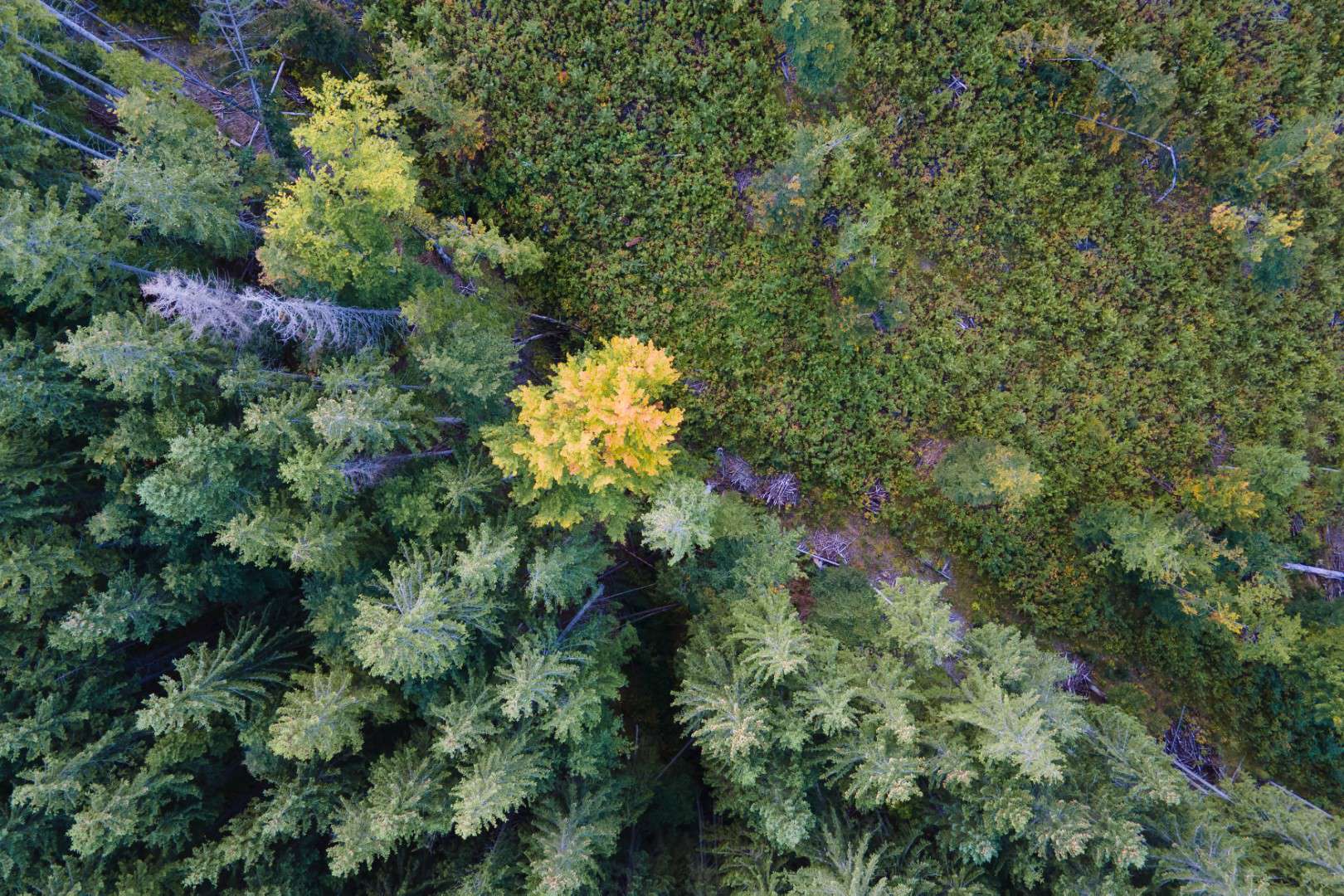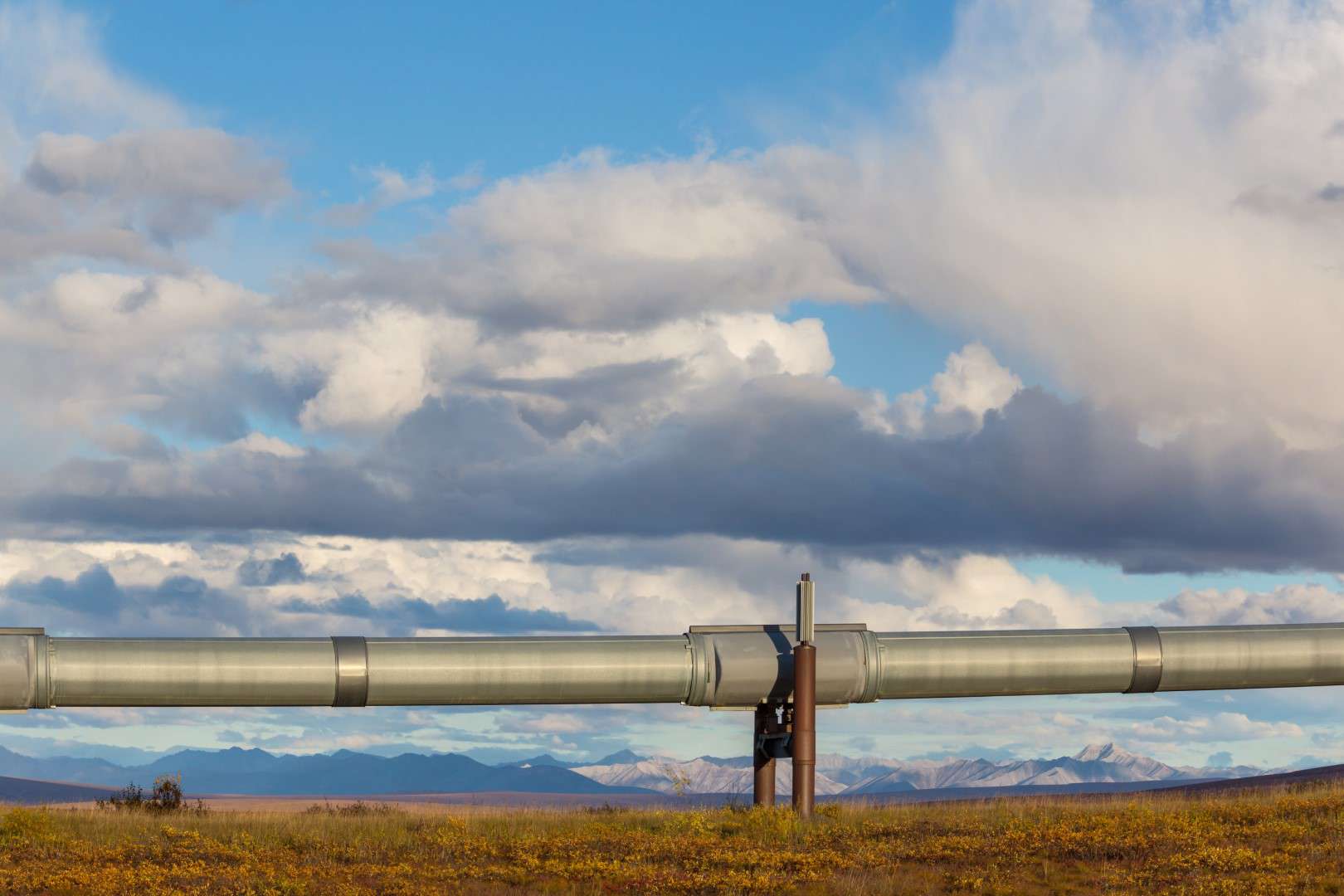Choosing the right ground protection solutions is important. It helps ensure safety, efficiency, and cost-effectiveness in construction or farming projects in North America. No matter if you are on farmland, in wetlands, or in forests, choosing the right mats for each area is important.
This comprehensive guide will help you choose the best matting solutions to ensure success across diverse environments.
Why Choosing the Right Mat Matters for Every Terrain
Every project faces unique challenges depending on the type of soil, terrain, and environmental conditions. Without the correct matting solution, you risk delays, equipment damage, or increased costs. Here’s how to navigate specific terrain challenges:
Flat and Stable Terrains: Farmland, Coastal Plains, and Dry Land
In areas like farmland, coastal plains, or dry land, where the ground is firm and even, lightweight access mats (e.g., 8’ x 14’ 3-ply mats) are ideal. These wood mats provide a stable base for lighter equipment, preventing unnecessary soil compaction while ensuring a smooth workflow.
Access mats also work well on clay soil, where water levels are manageable, and the terrain remains stable under typical loads.
Challenging and Unstable Terrains: Wetlands, Forests, and Sandy Soils
For rugged environments like wetlands, peatlands, swamps, or forested landscapes, heavy-duty timber mats (e.g., 8” x 4’ x 16’ mats) are indispensable. They handle heavy machinery while maintaining terrain stability, even in conditions with fluctuating water levels or soft sandy soils. These mats are designed to prevent sinking, enhance mud management, and protect sensitive plants and animals in ecosystems such as wetlands.
Key Factors to Consider When Selecting Mats
The success of your project management often hinges on selecting mats that match your specific needs. Here’s what to consider:
1. Soil Types and Terrain Requirements
Understand the type of soil in your project area. Harder surfaces like clay soil may require less reinforcement, while softer terrains such as wetlands demand mats with exceptional load distribution.
2. Equipment and Weight Capacity
Match mats to your equipment’s size, weight, and usage. Lightweight vehicles might only need access mats, but for heavy machinery, heavy-duty matting systems like timber mats are essential to ensure equipment ground support.
3. Environmental Sensitivity
When working in areas with delicate ecosystems, such as wetlands or near protected species, choose eco-friendly matting to reduce your impact. Look for mats that provide stability without disrupting local plants and animals.
4. Long-Term Cost-Efficiency
Durability matters. Hardwood mats made for long-term use, like those for temporary access roads, can save money. They reduce the need for replacements and delays. Additionally, customizable mat configurations allow you to adapt mats to various terrains, improving project flexibility and efficiency.
Debunking Myths About Mat Selection
Myth 1: Lightweight Mats Work Everywhere
- Fact: Lightweight mats are only suitable for stable terrains like dry land or clay soil. Rugged areas like wetlands or places with high water need stable mats. Timber mats help keep the ground safe and prevent accidents.
Myth 2: All Mats Are Created Equal
- Fact: Matting solutions differ significantly in durability, load capacity, and environmental impact. Using the wrong mat increases costs because of frequent replacements and safety risks. Matching the mat to the terrain ensures long-term savings.
Myth 3: Environmental Impact Isn’t a Concern
- Fact: Using unsuitable mats can damage delicate ecosystems, harming local plants and animals. Choosing eco-friendly matting mitigates these risks while maintaining project goals.
Insights into Competitive Matting Trends
The matting industry is advancing rapidly, with innovation tailored to modern needs:
1. Superior Construction Mats for Rugged Terrains
Construction mats continue to dominate in challenging environments because of their durability and ability to handle heavy loads. They perform exceptionally well in areas like wetlands and forests, where conditions are often unpredictable.
2. Sustainable and Customizable Solutions
Eco-conscious organizations are adopting eco-friendly matting, reducing their carbon footprint while protecting sensitive terrains. Additionally, customizable mat configurations allow for tailored solutions that improve efficiency and safety across diverse projects.
Take Your Project to the Next Level
Selecting the correct matting solution is essential for ensuring safety, durability, and efficiency across various terrains. Matching your mats to the land type helps ensure better results and saves money in the long run. This applies to farmland, coastal plains, wetlands, and forests.
Ready to optimize your project with terrain-specific matting solutions?
Frequently Asked Questions (FAQ)
What is the best mat for farmland or dry land?
For stable terrains like farmland or dry land, access mats are a cost-effective and efficient choice. They are lightweight, easy to deploy, and protect the soil from compaction caused by light machinery.
Can timber mats handle fluctuating water levels?
Yes, manufacturers design swamp mats to work well in places with changing water levels, like wetlands or riverbanks. Their heavy-duty construction prevents sinking and maintains stability for heavy equipment.
How does eco-friendly matting benefit the environment?
Eco-friendly matting minimizes environmental damage by using sustainable materials that protect sensitive ecosystems. This is especially important in terrains with delicate plants and animals, like wetlands or coastal areas.
Are there mats suitable for both temporary and long-term projects?
Absolutely! Durable mats like timber mats are versatile enough for temporary access roads and long-term operations, ensuring maximum efficiency without frequent replacements.
Can we customize mats for unique terrains?
Yes, many matting solutions offer customizable configurations, allowing you to adapt the mats to your terrain’s specific needs. This flexibility improves safety and efficiency, especially in challenging areas like forests or sandy soils.



